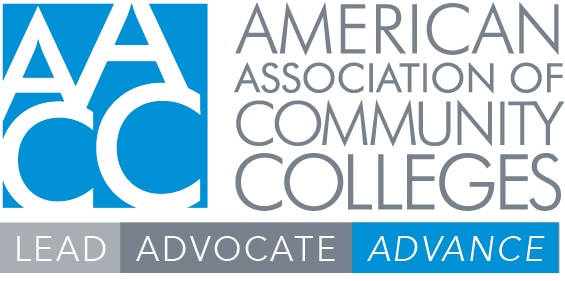Congressional lawmakers have spent the August recess visiting their home states, districts and (hopefully) community colleges, but they have a daunting task awaiting them when they return to Washington.

September 30 marks the end of fiscal year (FY) 2023, with funding for the federal government set to expire then absent congressional action. Many political observers think that a government shutdown is a real possibility.
Under the terms of the debt-ceiling deal struck earlier this year between President Joe Biden and House Republicans, Congress is under significant pressure to pass the 12 appropriations bills that fund the government by the end of the calendar year; otherwise, there will be a 1% haircut for all programs, including defense programs. However, there is little to no chance of lawmakers enacting new FY 24 bills before the September 30 deadline.
Washington Watch: Tough funding talks down the road
While the Senate and House Appropriations Committees have progressed in writing their funding bills, there are significant differences in their total funding levels. The Democrat-held Senate is pushing for funding up to the cap amount agreed to in the debt-ceiling deal, while House Republicans want to see even greater reductions in domestic spending. Some Republican members of the far right are calling for even more draconian cuts and conservative policy riders. This environment makes passing a final funding package by the end of the year extremely challenging.
Lawmakers will need to pass a temporary appropriations bill – called a continuing resolution (CR) – to keep the federal government open after October 1. A CR will likely extend FY 23 funding levels for an agreed-upon period (likely to be the end of the calendar year, given the 1% penalty mentioned above).
This will allow the federal government to continue operating while lawmakers pass a final budget. However, there are concerns that Congress will not be able to agree on the terms of a CR before the September 30 deadline, with the House Freedom Caucus signaling that they will use the threat of a shutdown to secure additional cuts for FY 24.
A government shutdown would impact government staffing and program administration. All non-essential federal personnel would likely be furloughed, including those at the Department of Education, Department of Labor and other federal agencies that work closely with community colleges. Administration of federal financial aid, including Pell grants and student loans, will likely continue as usual. However, community colleges could expect disruption to institutional grant administration and a decrease in technical assistance and support from federal agency officials due to staffing constraints.





